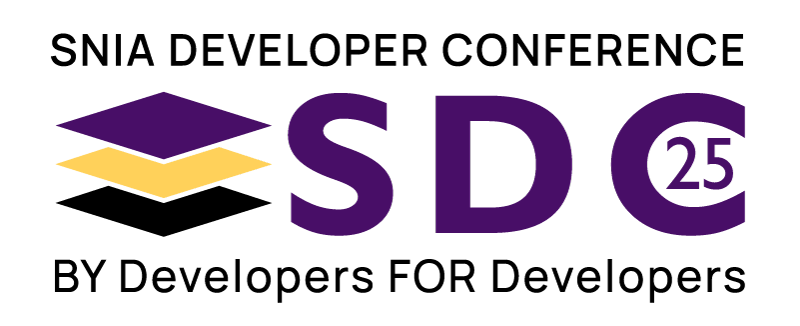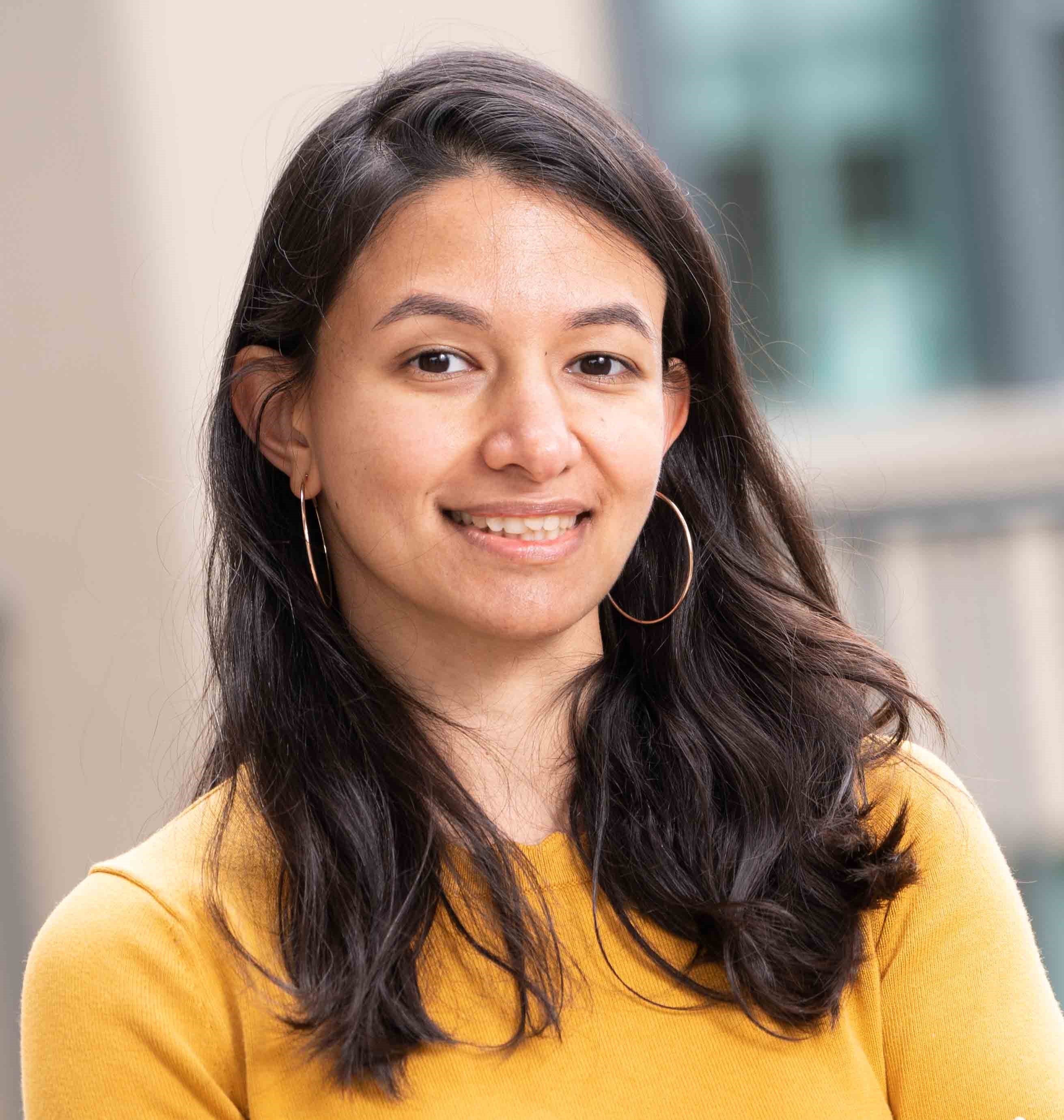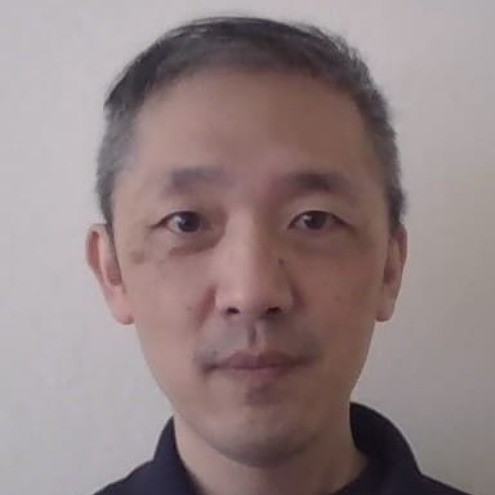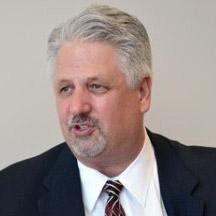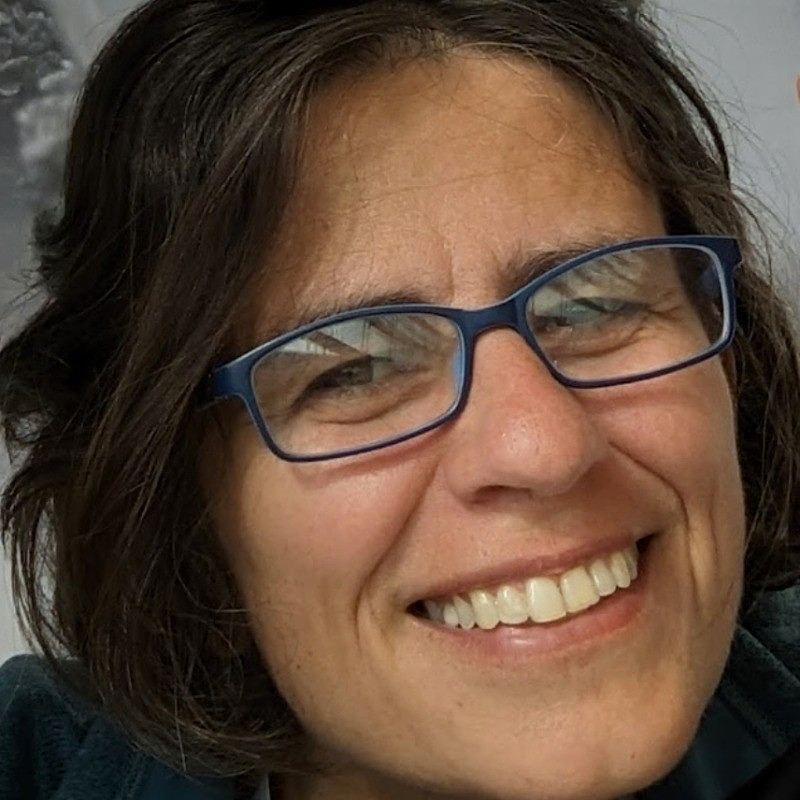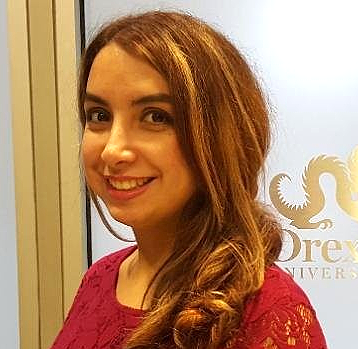SNIA Developer Conference September 15-17, 2025 | Santa Clara, CA
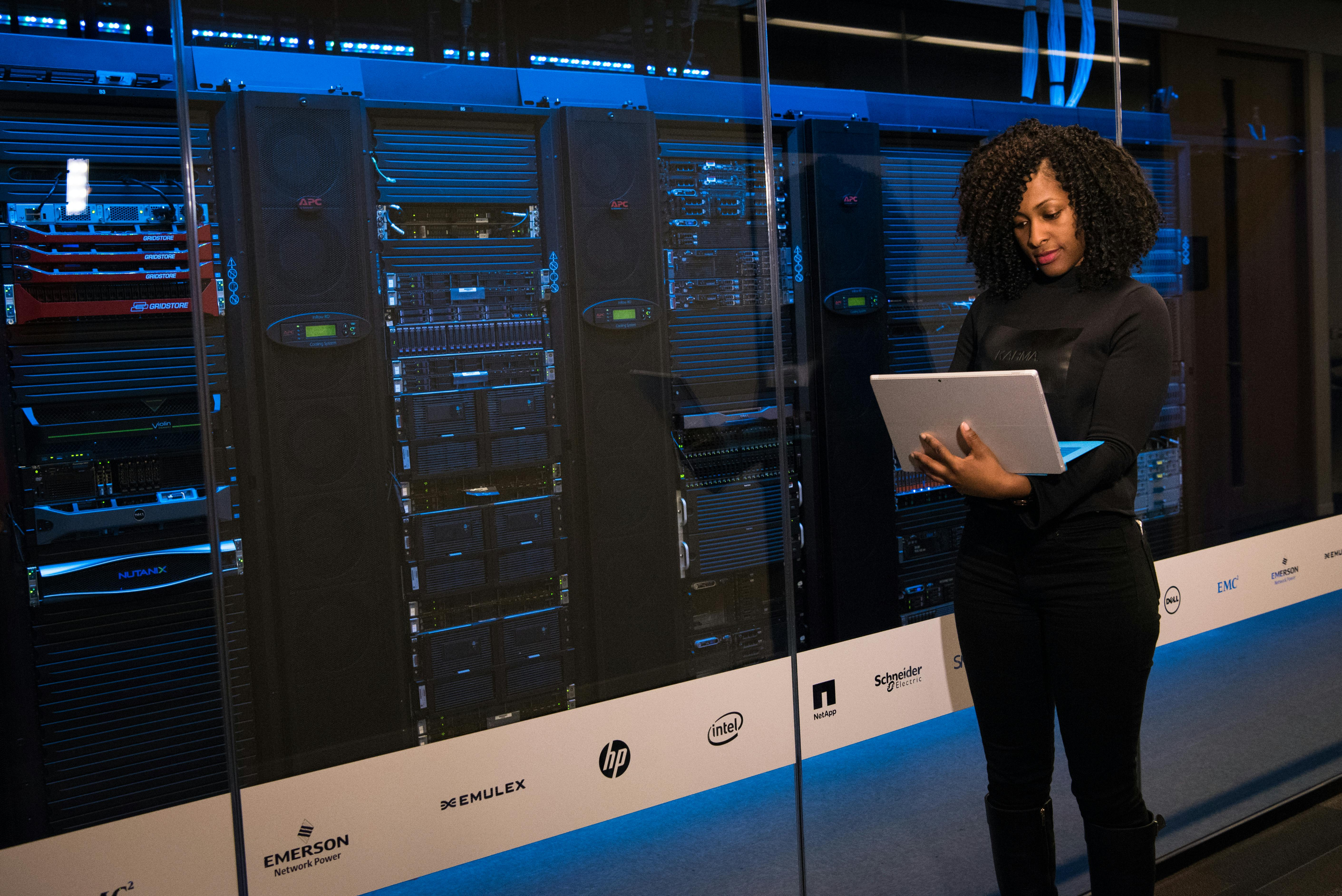
Sustainability Initiatives by Open Compute Project – 3 Categories of work for Pro-Sustainability Design and Circular Economy in Storage
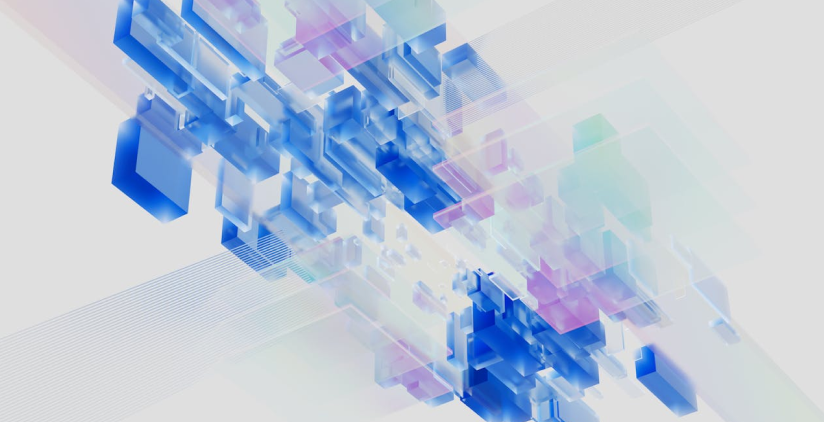
Lafayette/San Tomas
Wed Sep 18 | 3:35pm
Abstract
Open Compute Project’s (OCP) Sustainability Project was established in ~2020 as Datacenter Sustainability gained more and more importance. It has since spawned multiple workstreams working on different aspects of Sustainability in devices and are essential to enabling circular economy in Datacenter. Sustainable design encompasses a multitude of categories ranging from reduced power usage, power telemetry, carbon efficiency metrics, elongating lifespan of competitive use or telemetry for carbon metrics. This session will be delving into 3 broad but essential categories of work, which OCP has started exploring – Power Profile & Sustainability Metrics, Standardizing LCA methodology & Carbon Transparency and Tradeoffs to enable Circular Reuse.
All these 3 areas of work especially apply to Storage in Datacenters. In context of these 3 areas of work, we will discuss the crucial hurdles in enabling transparency of carbon-impact and implementing a circular economy. This is especially significant for Storage Media as they have particular concerns with circular reuse due to Security and TCO considerations . We will discuss the goals of each of these 3 categories of work and how they may help Design for Sustainability for Storage, by resolving some of the barriers faced.
Learning Objectives
Understand the 3 major categories of Sustainability work where hurdles need to be overcome
Learn about Open Compute Project's Sustainability industry work and how inputs/feedback can be provided
Foresee the tradeoffs needed for circular economy (specially in Storage) and how can one be successfully maneuver them and implement circular reuse.

Related Sessions
Advancing the AI Factory Sustainability
ChatGPT began AI's watershed moment that triggered IT infrastructure's tectonic shift and race in extraordinary and lasting commitments to AI Factory. Many governments and enterprises alike are making enormous capital and people investments to not be left behind the AI boom. Corporate boardrooms are evaluating purposeful infrastructure plans. What is the best architectural decision - retrofitting, built from scratch or adopt a wait-and-see? This fork in the road has given pause and decision paralysis to some infrastructure decision makers. Our talk examines the AI Factory Spectrum to identify solutions that advance the infrastructure challenge sustainably.
SNIA Emerald Update for V1.0 Device and V5.0 System Specifications
Learn about the new SNIA Emerald V1.0 Device Power Measurement Test Specification, the tools and methods to measure an enterprise data storage device. A useful new metric for system supply chain and hypervisor vendors to evaluate devices with enterprise data enter workloads. In the near future, some regulatory bodies may cross-reference in their regional energy conservation programs. Learn about the changes as part of SNIA Emerald V5.0 System Power Measurement Test Specification, the tools and methods to measure an enterprise data storage system. A cross-referenced specification by the USA EPA Energy Star program and the EU Lot 9 Commission for vendors to test, report and submit enterprise data center workloads metrics as part of procurement requirements set by regulatory bodies as part of their regional energy conservation programs.
Panel: Driving Sustainability in Datacenters – Standardizing Carbon Assessment Methodologies
As the demand for cloud services continues to grow, so does the environmental impact of datacenters. Accurately measuring and managing carbon emissions is essential to advancing sustainability goals—but today’s approaches to carbon assessment vary widely across the industry. The panelists include Sustainability experts from Google, Meta, and Microsoft to discuss how the cloud industry can align on Product Category Rules (PCRs) and Lifecycle Assessment (LCA) standards to drive consistency, transparency, and real impact. PCRs serve as foundational guidelines for conducting LCAs, the methodology used to quantify the carbon footprint of devices and services. With a standardized PCR framework, cloud providers can perform have comparable, credible, and actionable carbon assessments—supporting better decision-making across procurement, design, and operations. Our panelists will explore the current state of carbon accounting practices in datacenters, highlight challenges in today’s fragmented landscape, and share insights into collaborative efforts underway to build unified sustainability frameworks. Attendees will gain a clearer understanding of how the industry can move from individual initiatives to collective impact, accelerating progress toward net-zero ambitions through measurable, standardized carbon assessment.
